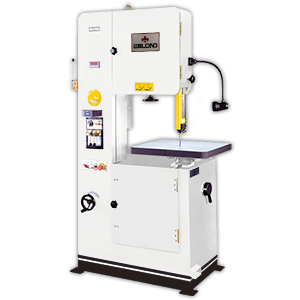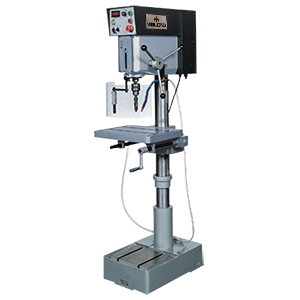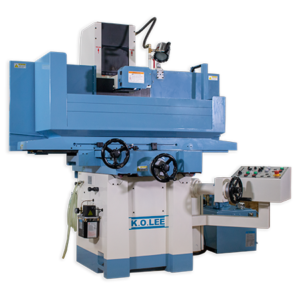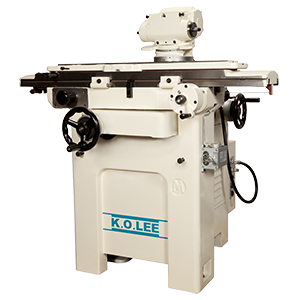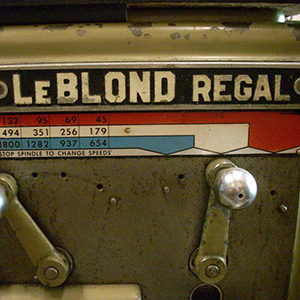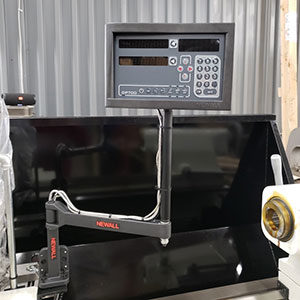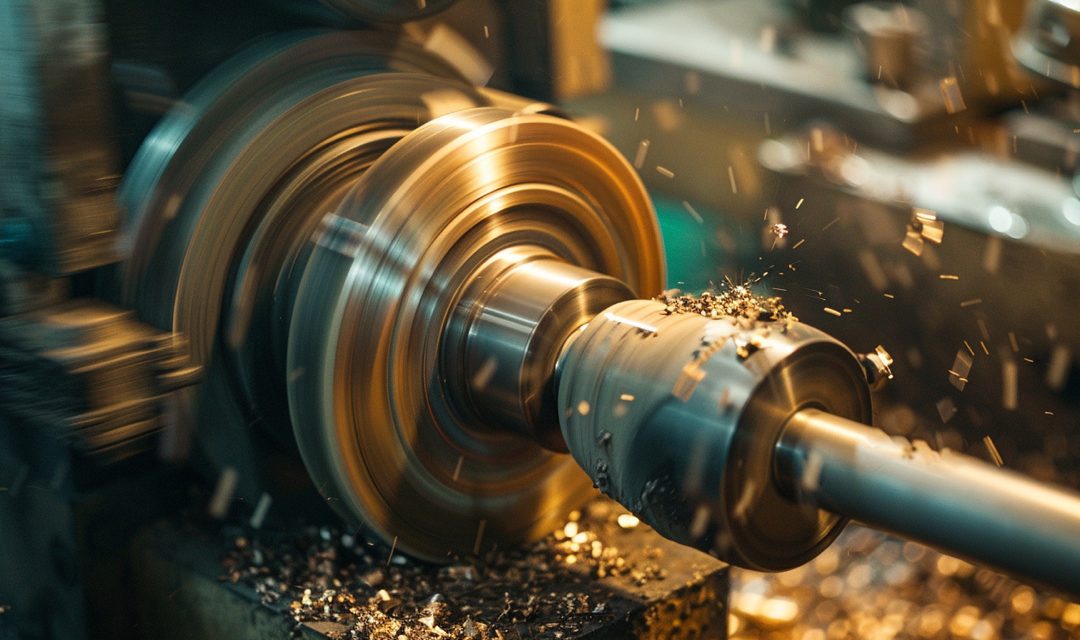Machining Complex Parts Requires Simple Solutions
Six tips for overcoming complex part pain points
Machining complex parts requires a high level of skill and experience. Machinists must possess a deep understanding of machining principles, tooling, materials, and machine capabilities to overcome challenges effectively and produce quality parts. Machining workpieces with intricate geometries and shapes differentiates the work and abilities of a manufacturer. Not only that but driving for tighter tolerances, cutting a broad range of different materials, completing assemblies, defining finishing, and processing multiple-step parts all play a role in the complexities of various end products. Introducing complexities into the part creates many challenges machinists must overcome.
1. Tool Selection
Use the right tool for the job. Complex parts often require a variety of cutting tools to machine different features accurately. Machinists must carefully select the appropriate tools for each operation. Some operations may require diamond or ceramic tooling while other processes could require carbide or nitride tooling.
2. Fixture Design
Holding complex parts securely during machining without interfering with critical features can be difficult. Machinists must design or select fixtures that provide adequate support and accessibility for machining operations. This ensures proper alignment, and accessibility during machining while minimizing setup time and maximizing productivity.
3. Setup and Alignment
Setting up complex parts in the machining center and aligning them accurately for machining can be time-consuming and requires attention to detail. Machinists must ensure that each part is positioned correctly to achieve the desired dimensions and tolerances.
4. Material Considerations
Machining complex materials, such as hardened steels or exotic alloys, presents additional challenges due to their hardness, toughness, or other properties. Machinists must use appropriate cutting parameters and techniques to achieve the desired results without damaging tools or the workpiece.
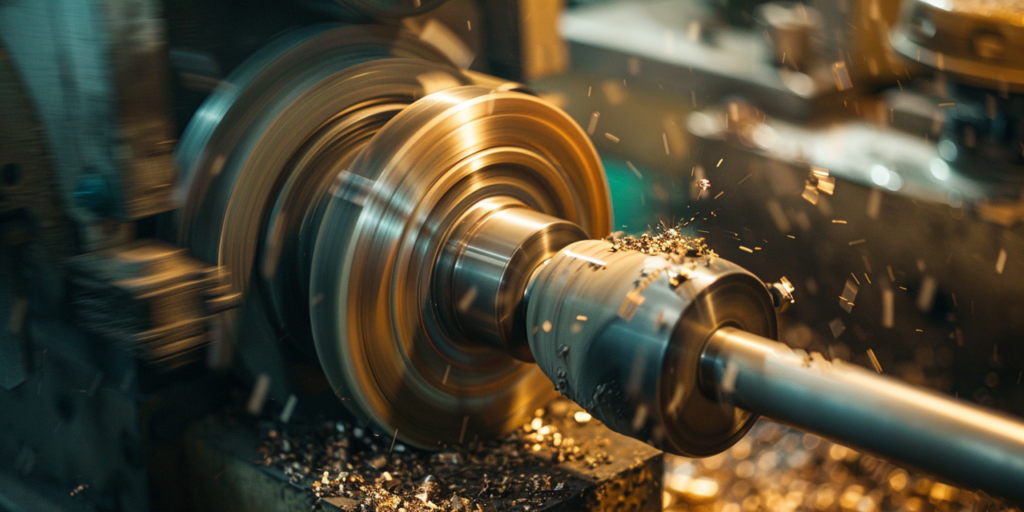
5. Quality Control
Verifying the accuracy and quality of machined features on complex parts requires meticulous inspection procedures. Machinists must use precision measuring tools and techniques to ensure that the finished part meets specifications and tolerances. Instruments such as micrometers, calipers, CMMs (Coordinate Measuring Machines), and optical comparators validate part quality at each stage.
6. Process Optimization
Optimizing machining processes for complex parts involves balancing factors such as cutting speeds, feeds, tool paths, and coolant usage to maximize efficiency and quality. Machinists may need to experiment with different parameters to achieve the best results. Experimenting with cutting parameters, tool geometries, tool paths, and coolant strategies helps optimize machining processes for efficiency and quality. Machinists may conduct trial runs and conduct process validation to identify the most effective approach.
Machinists employ various strategies to solve the challenges associated with machining complex parts. By working closely with design and engineering teams to optimize part designs for manufacturability, machinists provide input on features, tolerances, and material selection to simplify machining operations. Through leveraging their expertise, machinists can effectively overcome the challenges associated with machining complex parts and deliver high-quality, precision-engineered components. Contact your LeBlond representative for more details on best practices, improving quality or submit your question directly by submitting a request through our online form or call (888) 532-5663 and select option 2.



